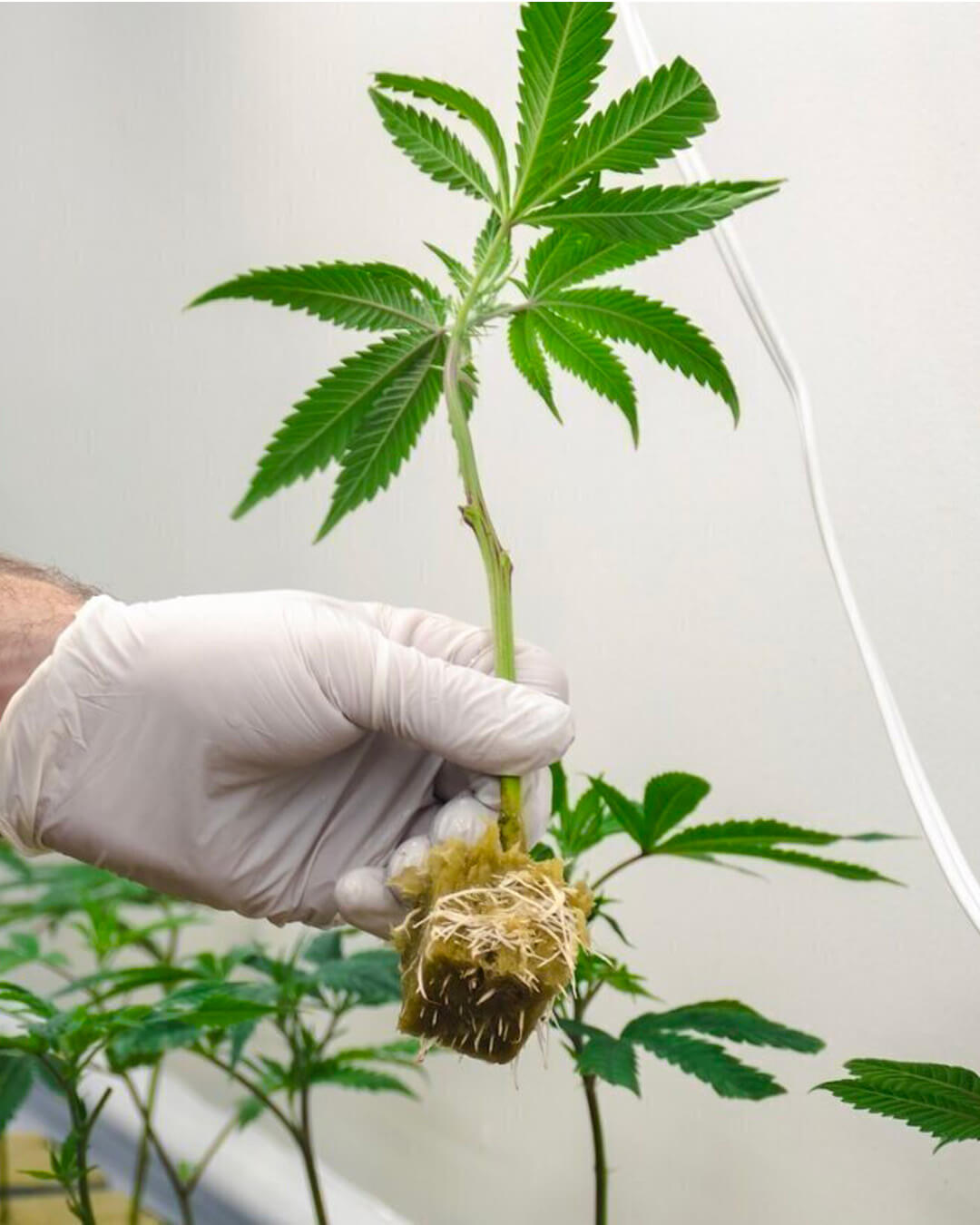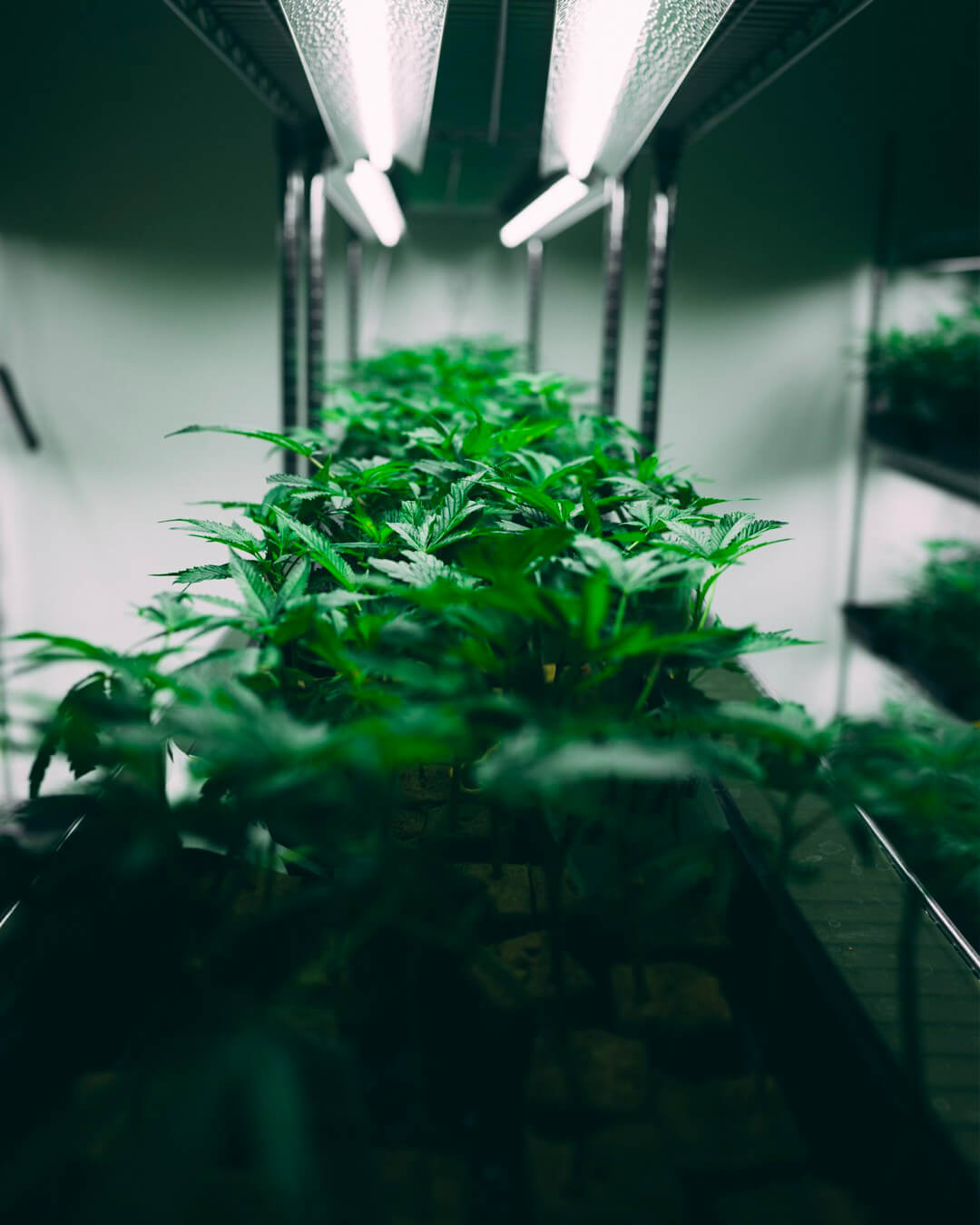
Essential Cannabis Clone Care Guide
Tips to Ensure Healthy Cannabis Growth from Clone to Harvest
Starting with Healthy Clones
To give your cannabis plants the best start, begin with clones that show strong, white roots. This early indicator of health minimizes the risk of diseases and ensures the clone can establish quickly. Healthy clones lead to healthier plants overall.
Setting Up the Growing Medium
The right soil and amendments create a nutrient-rich base for clones. Opt for organic or synthetic fertilizers, or enrich the soil with oyster shell meal. Place your clone in a 1-gallon pot and leave about an inch from the top to avoid air pockets that can damage roots.
Mastering the Transplanting Process
After a few weeks, clones require transplanting to a larger pot to support continued growth. Prepare by digging a small hole that fits the clone’s root ball. Place the clone carefully, ensuring the stem is vertical to encourage healthy upward growth.
Transitioning to Sunlight Safely
Clones need gradual exposure to sunlight to avoid stress. Start them in partial shade and slowly increase sunlight over several days. This cautious transition prevents shock and encourages steady, vigorous growth.
FAQs for Successful Clone Growth
When is it safe to transplant clones?
Wait until roots are about 3 inches long to avoid transplant shock.
What temperature promotes optimal growth?
Aim for a temperature of 68-77°F with high humidity to foster strong, healthy roots.
Do clones require additional fertilizer?
Clones in organic soil may need extra nutrients in the early stages, depending on the medium.
More News
Explore insights, tips, and trends to elevate your brand.

Essential Cannabis Clone Care Guide
Tips to Ensure Healthy Cannabis Growth from Clone to Harvest
Starting with Healthy Clones
To give your cannabis plants the best start, begin with clones that show strong, white roots. This early indicator of health minimizes the risk of diseases and ensures the clone can establish quickly. Healthy clones lead to healthier plants overall.
Setting Up the Growing Medium
The right soil and amendments create a nutrient-rich base for clones. Opt for organic or synthetic fertilizers, or enrich the soil with oyster shell meal. Place your clone in a 1-gallon pot and leave about an inch from the top to avoid air pockets that can damage roots.
Mastering the Transplanting Process
After a few weeks, clones require transplanting to a larger pot to support continued growth. Prepare by digging a small hole that fits the clone’s root ball. Place the clone carefully, ensuring the stem is vertical to encourage healthy upward growth.
Transitioning to Sunlight Safely
Clones need gradual exposure to sunlight to avoid stress. Start them in partial shade and slowly increase sunlight over several days. This cautious transition prevents shock and encourages steady, vigorous growth.
FAQs for Successful Clone Growth
When is it safe to transplant clones?
Wait until roots are about 3 inches long to avoid transplant shock.
What temperature promotes optimal growth?
Aim for a temperature of 68-77°F with high humidity to foster strong, healthy roots.
Do clones require additional fertilizer?
Clones in organic soil may need extra nutrients in the early stages, depending on the medium.
More News
Explore insights, tips, and trends to elevate your brand.

Essential Cannabis Clone Care Guide
Tips to Ensure Healthy Cannabis Growth from Clone to Harvest
Starting with Healthy Clones
To give your cannabis plants the best start, begin with clones that show strong, white roots. This early indicator of health minimizes the risk of diseases and ensures the clone can establish quickly. Healthy clones lead to healthier plants overall.
Setting Up the Growing Medium
The right soil and amendments create a nutrient-rich base for clones. Opt for organic or synthetic fertilizers, or enrich the soil with oyster shell meal. Place your clone in a 1-gallon pot and leave about an inch from the top to avoid air pockets that can damage roots.
Mastering the Transplanting Process
After a few weeks, clones require transplanting to a larger pot to support continued growth. Prepare by digging a small hole that fits the clone’s root ball. Place the clone carefully, ensuring the stem is vertical to encourage healthy upward growth.
Transitioning to Sunlight Safely
Clones need gradual exposure to sunlight to avoid stress. Start them in partial shade and slowly increase sunlight over several days. This cautious transition prevents shock and encourages steady, vigorous growth.
FAQs for Successful Clone Growth
When is it safe to transplant clones?
Wait until roots are about 3 inches long to avoid transplant shock.
What temperature promotes optimal growth?
Aim for a temperature of 68-77°F with high humidity to foster strong, healthy roots.
Do clones require additional fertilizer?
Clones in organic soil may need extra nutrients in the early stages, depending on the medium.
More News
Explore insights, tips, and trends to elevate your brand.

